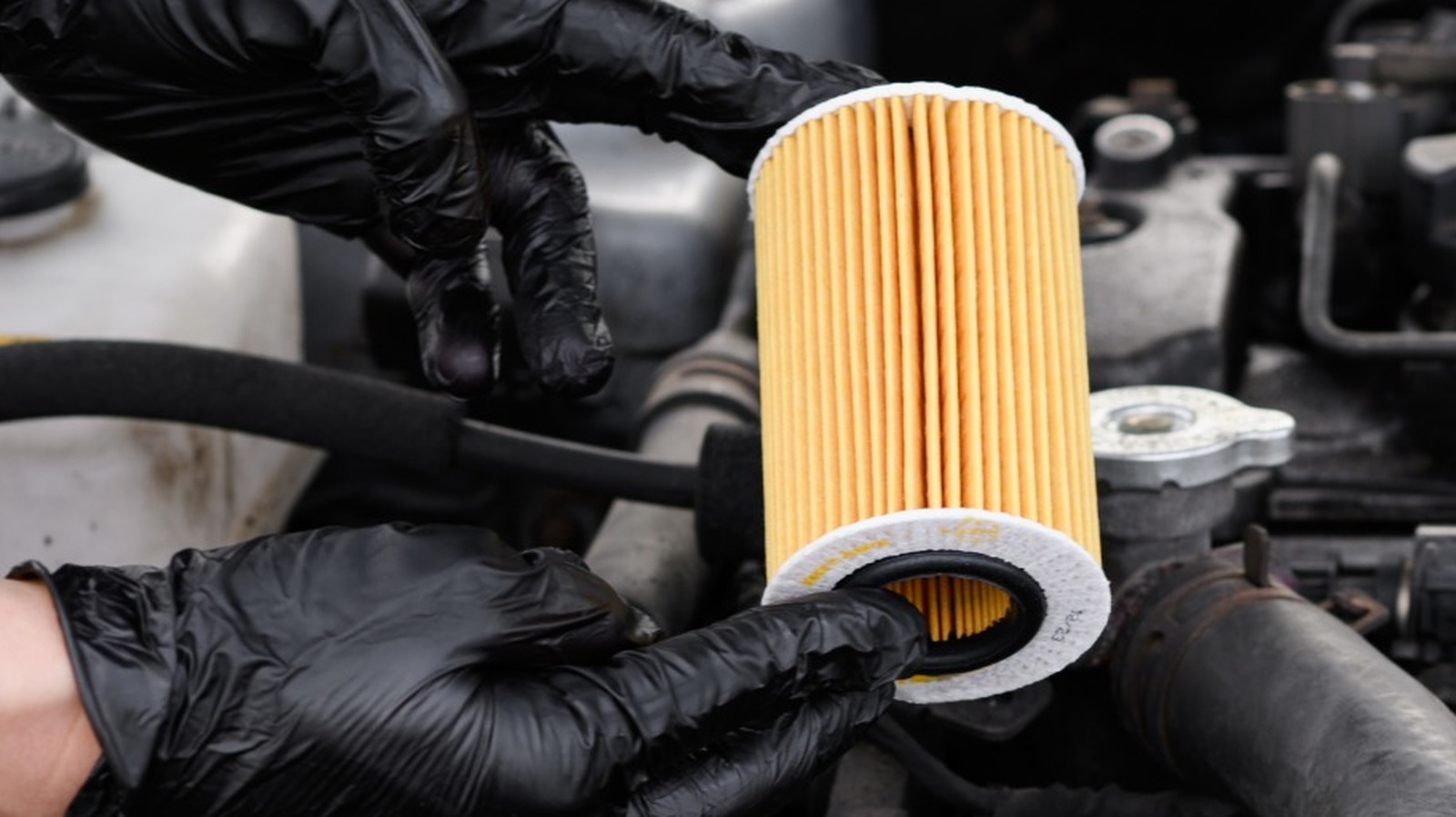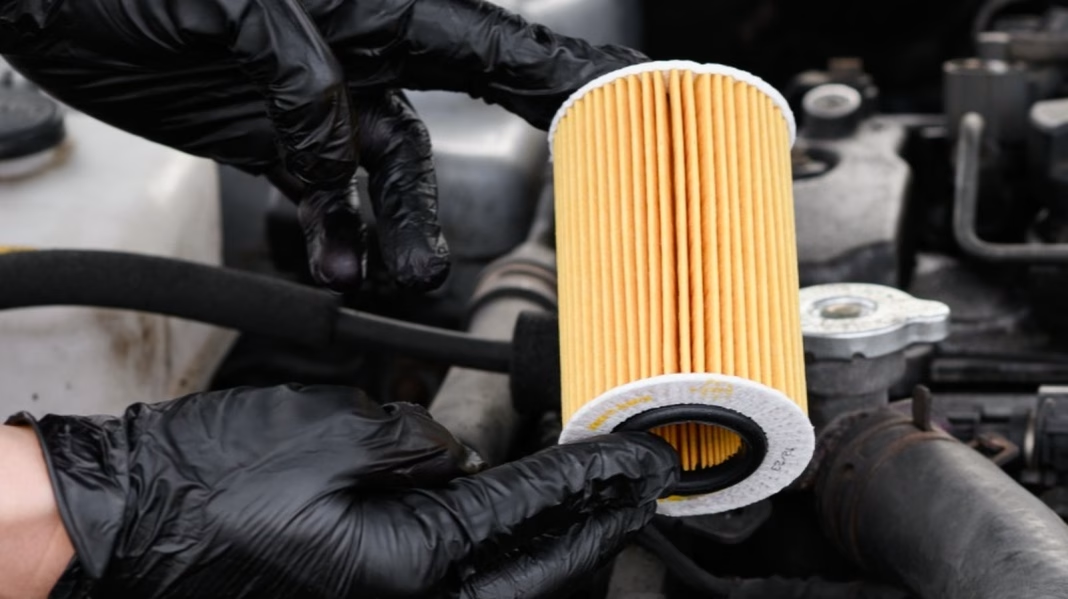What Really Happens If You Use the Wrong Size Oil Filter?
Ever been standing in the auto parts aisle, staring at a wall of oil filters, and wondered if it really matters which one you grab? You’re not alone. Oil filters come in a dizzying range of shapes and sizes, and picking the wrong one can seem like a minor slip—until it isn’t. Let’s break down what actually happens if you use the wrong size oil filter, why it matters more than you might think, and how to make sure you never end up with the wrong fit.
Can Using the Wrong Oil Filter Damage Your Engine?
Short answer: absolutely. Oil filters aren’t just about keeping your oil clean—they’re about keeping your engine alive. When you use a filter that’s too small or too large, you risk more than just a messy fit. A filter that doesn’t seal properly can let unfiltered oil circulate, carrying abrasive particles straight into your engine’s most sensitive parts. Over time, this can lead to increased wear, reduced performance, and even catastrophic engine failure.
A 2022 report from the Society of Automotive Engineers found that improper filtration is a leading cause of premature engine wear in passenger vehicles. That’s not just theory—real-world data backs it up. In fact, mechanics often see engines with sludge buildup or bearing damage that traces back to a mismatched or low-quality filter.
What Are the Signs You’ve Used the Wrong Oil Filter?
Sometimes, the warning signs are obvious. Oil leaks around the filter housing, a persistent drop in oil pressure, or even the dreaded check engine light. But sometimes, the damage is stealthy. You might not notice anything wrong until you’re facing a hefty repair bill.
Here’s what to watch for:
– Oil spots under your car after an oil change
– Unusual engine noises (think ticking or knocking)
– Oil pressure warning light flickering on and off
– A filter that’s hard to remove or install
If you spot any of these, don’t ignore them. Catching a filter issue early can save you a world of trouble down the road.
Why Do Oil Filters Come in So Many Sizes Anyway?
It’s not just about making your life harder. Different engines have different oil flow rates, pressures, and mounting requirements. Some filters are designed to handle high-performance engines with lots of oil circulating at high speeds. Others are built for smaller, more efficient engines that need a finer touch.
Manufacturers design filters to match the specific needs of each engine model. That’s why even two cars from the same brand and year might use different filters. It’s not just about diameter or thread size—internal bypass valves, anti-drainback features, and filter media all play a role.
How Can You Make Sure You’re Using the Right Filter?
The good news: avoiding this mistake is easier than you think. Start by checking your owner’s manual or the manufacturer’s website for the exact filter part number. Most auto parts stores have lookup tools—use them. Don’t rely on guesswork or what “looks about right.”
If you’re buying online, double-check compatibility. Some filters look nearly identical but have subtle differences that matter. When in doubt, ask a professional or consult a trusted mechanic.
A quick tip from the pros: keep a record of the filter part number you use for each oil change. That way, you’re never left guessing next time.
What If You’ve Already Used the Wrong Filter?
Don’t panic, but don’t ignore it either. If you realize you’ve installed the wrong filter, swap it out as soon as possible—even if you just changed your oil. The cost of a new filter and a few quarts of oil is nothing compared to the price of engine repairs.
If you’re not sure whether the filter is correct, check for leaks and monitor your oil pressure closely. When in doubt, err on the side of caution.
Are Aftermarket Oil Filters Safe to Use?
Aftermarket filters can be just as good as (or sometimes better than) OEM filters—if you choose wisely. Look for brands with a solid reputation and certifications from organizations like the International Organization for Standardization (ISO). Avoid no-name filters with little or no quality control. A 2023 industry survey found that filters from reputable aftermarket brands performed on par with OEM options in terms of filtration efficiency and durability.
The big takeaway? Getting the right oil filter isn’t about perfection—it’s about smarter adjustments. Start with one change this week—double-check your filter before your next oil change—and you’ll likely spot the difference by month’s end. Your engine will thank you, and so will your wallet.


